Suchness as reality: Zen, tathatā, and the interplay of emptiness
In the Mahāyāna and Zen traditions of Buddhism, the term tathatā (Sanskrit; zhēnrú 真如 in Chinese; shinnyo 真如 in Japanese) stands for one of the most pivotal yet elusive ideas: suchness, or the reality of things just as they are. As explored in our earlier post on Tathatā: Buddhism’s view on reality as it is, this concept captures the direct, unfiltered encounter with phenomena — prior to conceptualization, judgment, or dualistic thinking. It names not a transcendent essence but the experiential texture of reality when seen without clinging, projection, or resistance. In Zen, this notion finds radical expression through non-dual immediacy, poetic evocation, and embodied practice.

Tree, interpreted by DALL·E 2. Like the tree, tathatā is not a fixed essence but a dynamic unfolding of reality. It is the tree as it is, without the overlay of concepts or judgments.
But suchness is never isolated. Within Buddhist thought, it arises through a web of interrelated concepts: śūnyatā (emptiness), pratītyasamutpāda (dependent origination), the two truths, and in the East Asian context, interpenetration. This post builds on our earlier reflections and extends them into a broader network of insight. We explore how suchness can be understood as the experiential side of emptiness, the realized face of dependent origination, and the dynamic field in which all things reflect and contain each other. Zen, in this view, becomes not a mystical path but a direct, intimate embrace of the real — not as an idea, but as encounter.
Suchness and emptiness: The two sides of non-dual insight
Tathatā and śūnyatā (emptiness) are not opposites but interdependent descriptions of the same insight. In the Madhyamaka tradition initiated by Nāgārjuna, emptiness is not a metaphysical absence but the lack of intrinsic, independent essence in all phenomena. Things do not exist on their own; they arise in dependence upon causes and conditions.
This absence of fixed identity is what enables suchness to appear. It is because phenomena are empty that they can be directly seen in their thusness (“just-so-ness”). If things had an independent essence, they could not be seen freshly in each moment. But because they are dependently arisen, they are endlessly open to fresh seeing. Tathatā is, in this sense, the lived experience of śūnyatā — emptiness not as a void, but as openness and immediacy.
Zen puts it this way, quoting the Heart Sūtra:
Form is emptiness, emptiness is form.
This phrase expresses the heart of Mahāyāna insight: the form of things — their appearances, sensations, and distinctions — is not separate from emptiness, their lack of inherent existence. And emptiness is not a negation of the world, but precisely what allows form to arise, change, and interrelate. In Zen, this means reality is not elsewhere: it is this very moment, empty and full, fleeting and complete, seen without grasping.
Dependent origination and the non-dual nature of reality
Closely connected to both emptiness and suchness is the principle of pratītyasamutpāda (dependent origination). This core Buddhist insight asserts that nothing exists independently; all things arise through causes and conditions, in mutual interrelation. When this web of dependency is seen directly, without conceptual overlay, it is suchness. The ordinary mind tries to grasp at things as if they had essence; the awakened mind sees them as interdependent events.
Here lies the great paradox: although nothing has any fixed or independent existence, everything nonetheless vividly appears. Though all phenomena are empty in essence, there is still the sound of the bird, the warmth of the teacup, the expression of a face. Zen celebrates this paradox not as a contradiction, but as the living truth of reality. It is because things are empty that they can appear at all — fluid, transient, and interdependent. To live in suchness is not to reject the world or transcend it, but to participate in its unfolding without grasping or resistance. It is to be fully present with what is, just as it is.
The two truths and the collapse of duality
In Mahāyāna philosophy, reality is expressed in terms of two truths: the conventional (saṃvṣti) and the ultimate (paramārtha). Conventionally, we use language, categories, and forms. Ultimately, all such designations are empty. Yet the two truths are not separate. They reflect the same reality from different perspectives.
Suchness bridges these truths. It is not an escape from the conventional, but the realization of the ultimate within the ordinary. When we see a tree, and we truly see it — not as “my tree”, “a good tree”, or “an idea of a tree”, but simply as it is — we see it in suchness. This is not an experience about the tree; it is the tree manifesting in its full interdependence, emptiness, and luminosity.
Interpenetration and the infinite containment of all dharmas
In the East Asian context, particularly within the Huayan (Kegon) tradition, the insight into suchness develops into the doctrine of interpenetration: the idea that all phenomena (dharmas) contain all other phenomena. This teaching, inspired by the Avataṁsaka Sūtra, uses metaphors like Indra’s Net to show that each part of reality reflects the whole.
Here, suchness is not the static ground of being but a dynamic field of infinite resonance. Every sound, gesture, or perception is not separate from the whole; it embodies the whole. In Zen, this is captured in lines like “The entire world is contained in a single grain of rice”, or “To lift a single flower is to reveal the Dharma.”
Such a vision moves beyond emptiness as negation and sees emptiness as luminous presence. Not a background void, but the mutual transparency of all things. This is why the Zen tradition so often affirms both “not one” and “not two”: reality is neither a single unified essence nor a collection of isolated parts. It is interwoven, ungraspable, and intimately present.
Tathatā as practice: Not transcendence, but immersion
To see in suchness is not to transcend the world but to be fully immersed in it — without the filters of gain, loss, identity, or concept. This is why Zen emphasizes ordinary activities: sweeping, cooking, walking. When these are done with full attention and no mental overlay, they become sacred. The sacred lies not beyond, but within the everyday, seen clearly.
Zen master Dōgen taught that practice is not a means to realization; it is realization. This is suchness in action. We do not practice to “reach” tathatā; we practice in suchness, through suchness. Reality does not need improvement. It only needs to be seen.
Conclusion
Zen’s interpretation of suchness (tathatā) offers a radical reframing of how reality is understood and experienced. Rather than proposing an abstract metaphysical principle, Zen insists on the immediacy of perception free from mental overlays. It teaches that this world — just as it is — is not a veil to be pierced but the very field in which awakening unfolds.
Unlike scholastic or ritual-heavy strands of Buddhism, Zen prioritizes the direct, lived experience of emptiness and interdependence. This experiential insight sets it apart from more gradual or doctrinal approaches found in some other schools — such as Theravāda’s focus on stepwise insight meditation or Pure Land Buddhism’s emphasis on devotional practice and faith. However, it is not necessarily a rejection of other paths; it is an emphasis on a different mode of knowing — one rooted in seeing, not in accumulating.
Critically, Zen’s strength lies in its consistent call to presence and non-duality. But this same strength can become a limitation if it leads to a misunderstanding that Zen rejects form, ethics, or structure altogether. In reality, Zen does not negate ritual or study; rather, it repositions them within a framework of non-attachment and direct presence. Rituals and teachings are not abandoned, but practiced without clinging — integrated as expressions of suchness rather than as means to an end.
At its best, Zen embodies the clarity that arises when we let go of conceptual filters and meet life directly. It is not a method to reach a different state, but a practice of remembering what was never absent. In this way, tathatā becomes not just a philosophical term, but a lived intimacy with all that is — empty, interdependent, and radiant in its suchness.
References and further reading
- Oliver Bottini, Das große O.-W.-Barth-Buch des Zen, 2002, Barth im Scherz-Verl, ISBN: 9783502611042
- Heinrich Dumoulin, Geschichte des Zen-Buddhismus, Band 1+2, 2019, 2., durchgesehene und erweiterte Auflage, Francke A. Verlag, ISBN: 9783772085161
- Hans-Günter Wagner, Buddhismus in China: Von den Anfängen bis in die Gegenwart, 2020, Matthes & Seitz Berlin, ISBN: 978-3957578440
- Jr. Buswell, Robert E., Jr. Lopez, Donald S., Juhn Ahn, J. Wayne Bass, William Chu, The Princeton dictionary of Buddhism, 2014, Princeton University Press, ISBN: 978-0-691-15786-3
- Oliver Freiberger, Christoph Kleine, Buddhismus - Handbuch und kritische Einführung, 2011, Vandenhoeck & Ruprecht, ISBN: 9783525500040
- Rupert Gethin, The Foundations Of Buddhism, 1998, Oxford University Press, ISBN: 9780192892232
- Oliver Bottini, Das grosse O.W. Barth-Buch des Buddhismus, 2004, Ebner & Spiegel GmbH, ISBN: 9783502611264
- Daisetz Teitaro Suzuki (Autor), Jochen Eggert (Übersetzer), Zazen: Die Übung des Zen: Grundlagen und Methoden der Meditationspraxis im Zen, 1. Januar 1990, Herausgeber: O. W. Barth; 2. Edition, ISBN-10: 3502645957
- Dōgen, Eihei, Shōbōgenzō, 1243, Shōbōgenzō Kōkyōshū
- Dōgen, Eihei, Fukanzazengi, 1227
- Kōshō Uchiyama, François-Albert Viallet, Kōshō Uchiyama, Weg zum Selbst: Zen-Wirklichkeit, 1973, Barth, ISBN: 9783870412654
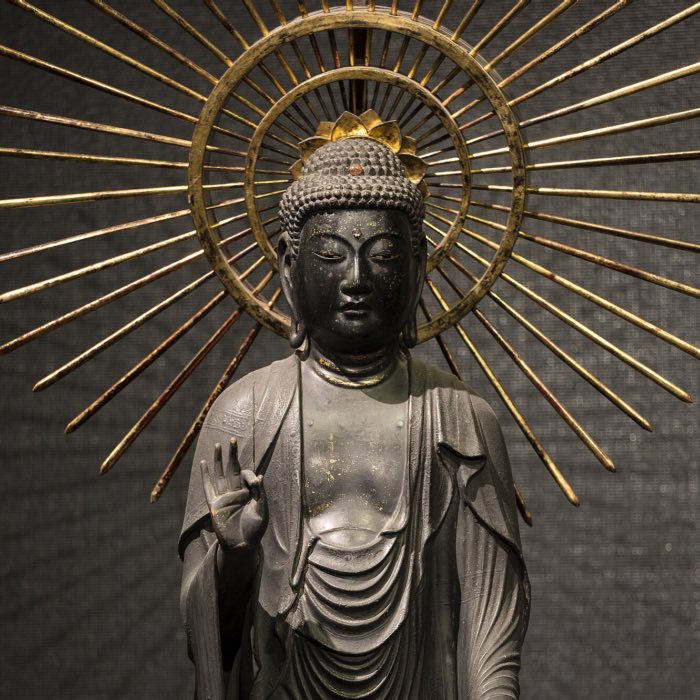
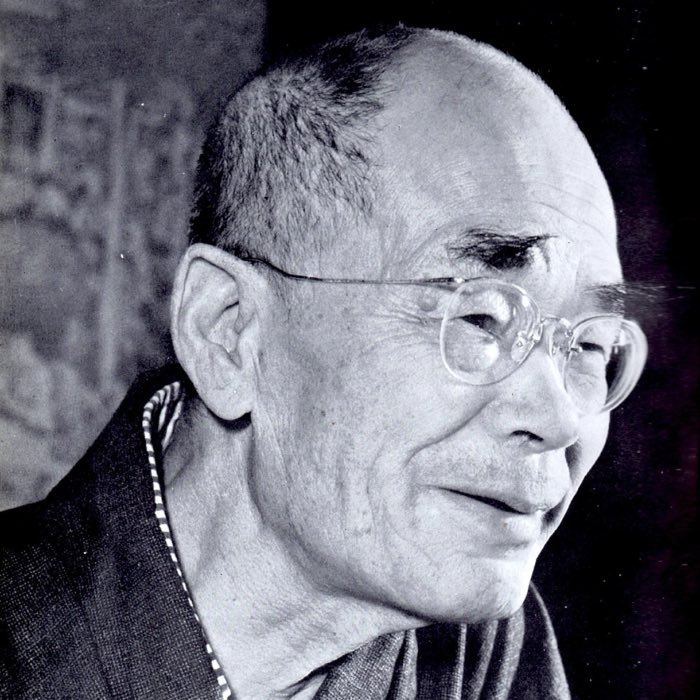
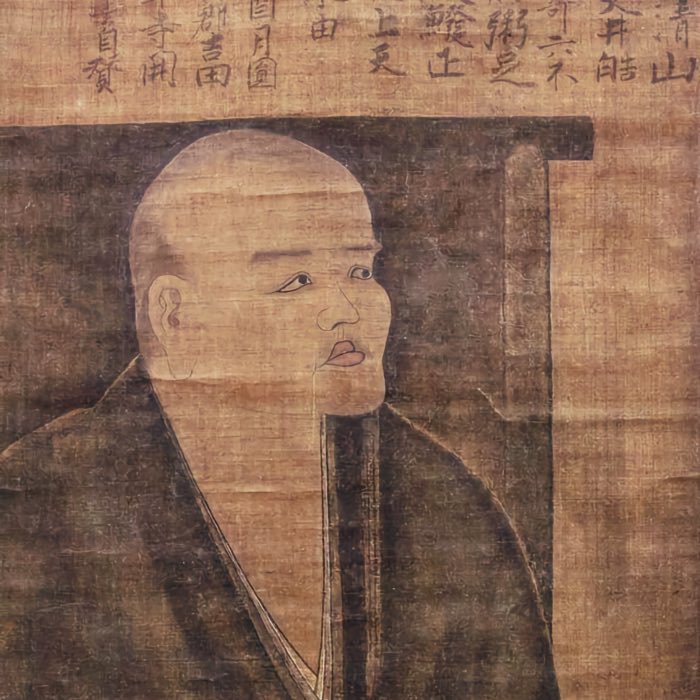
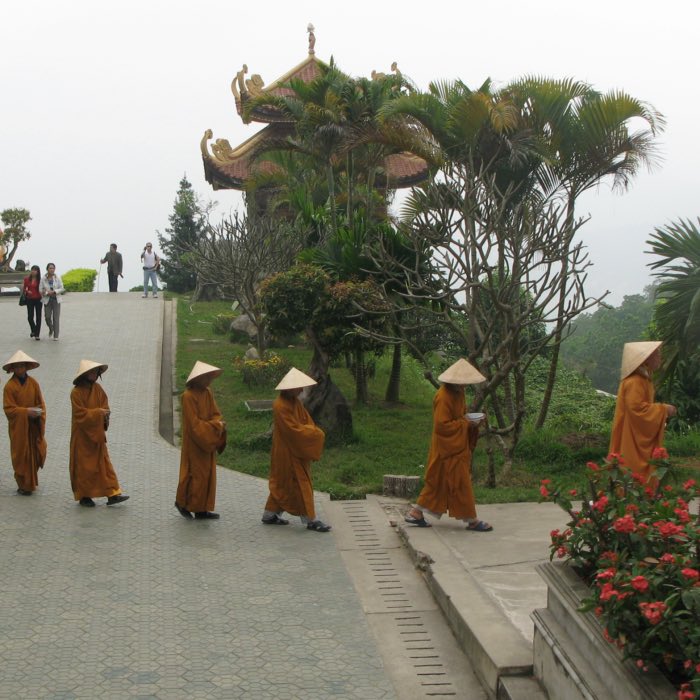
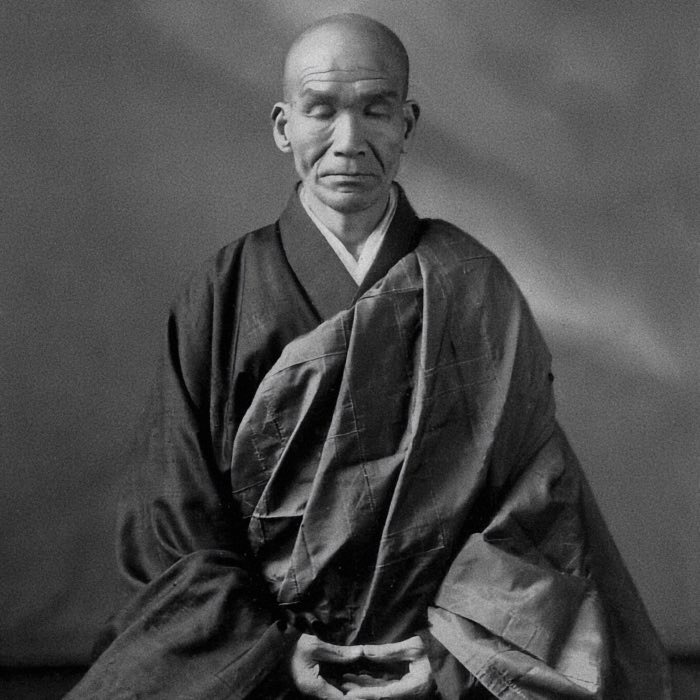





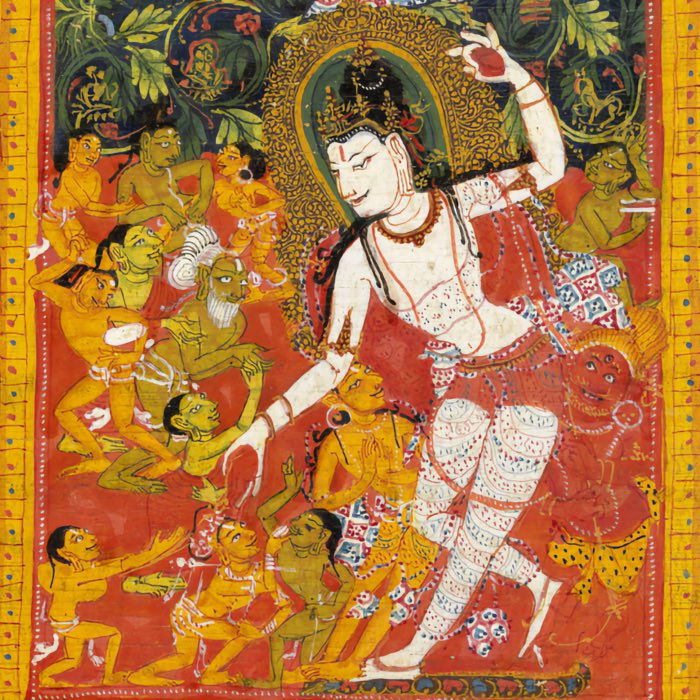
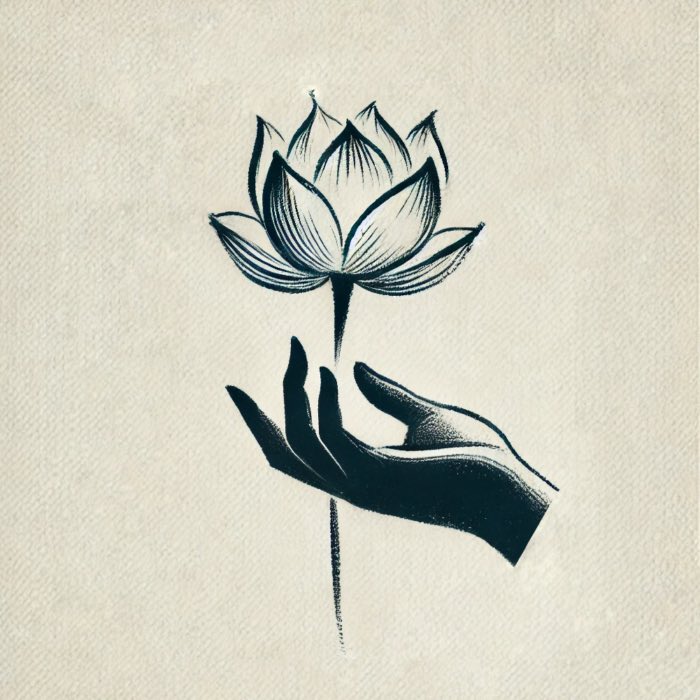
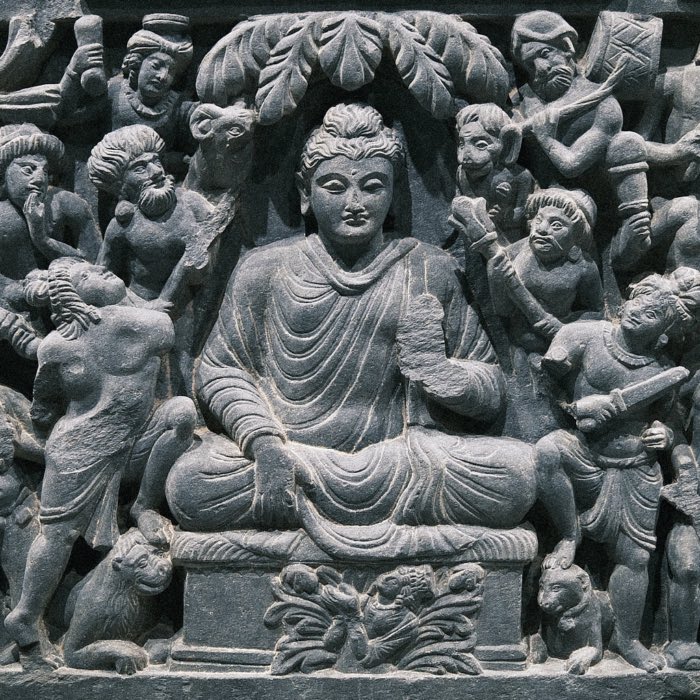
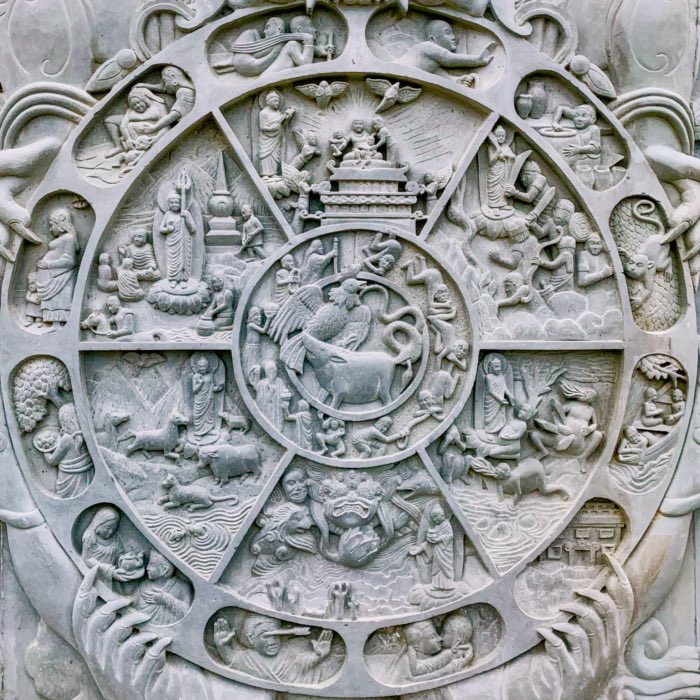



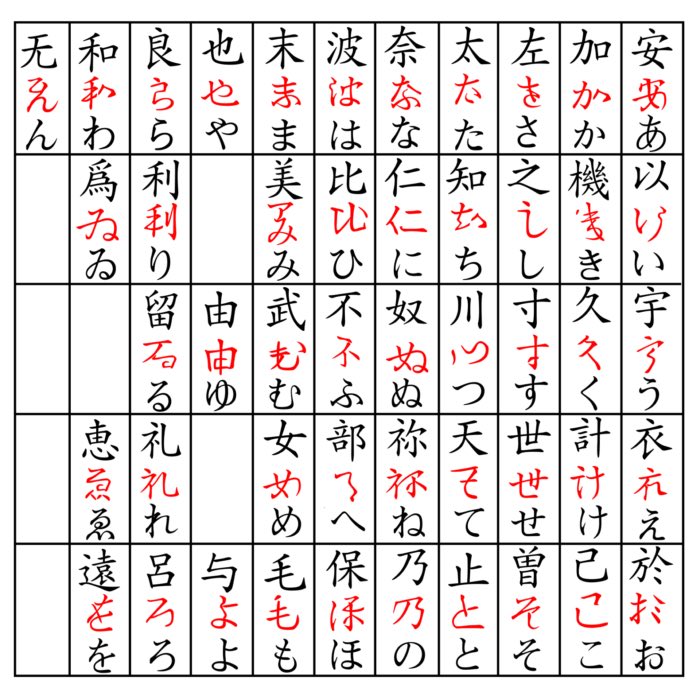

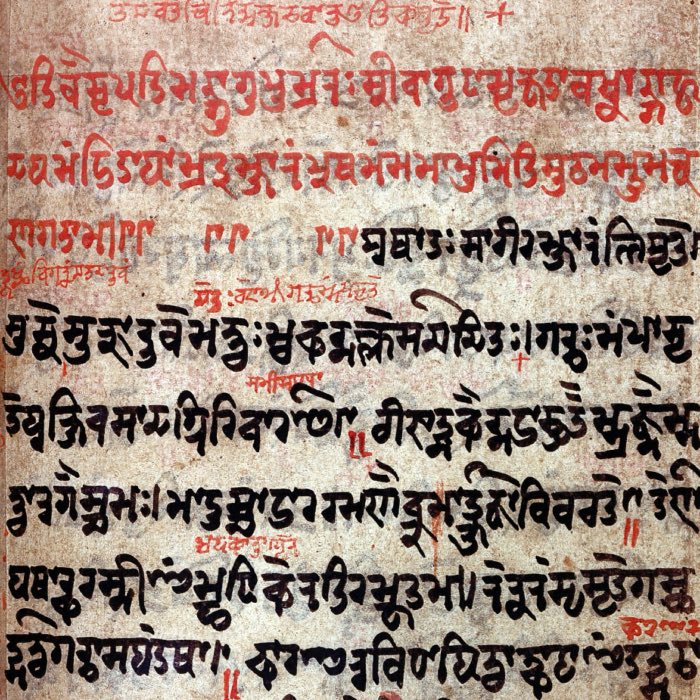






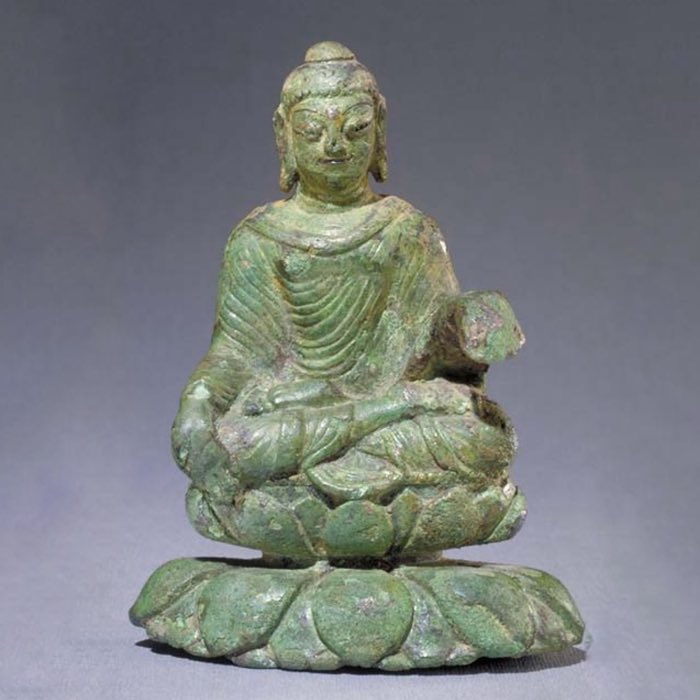

comments